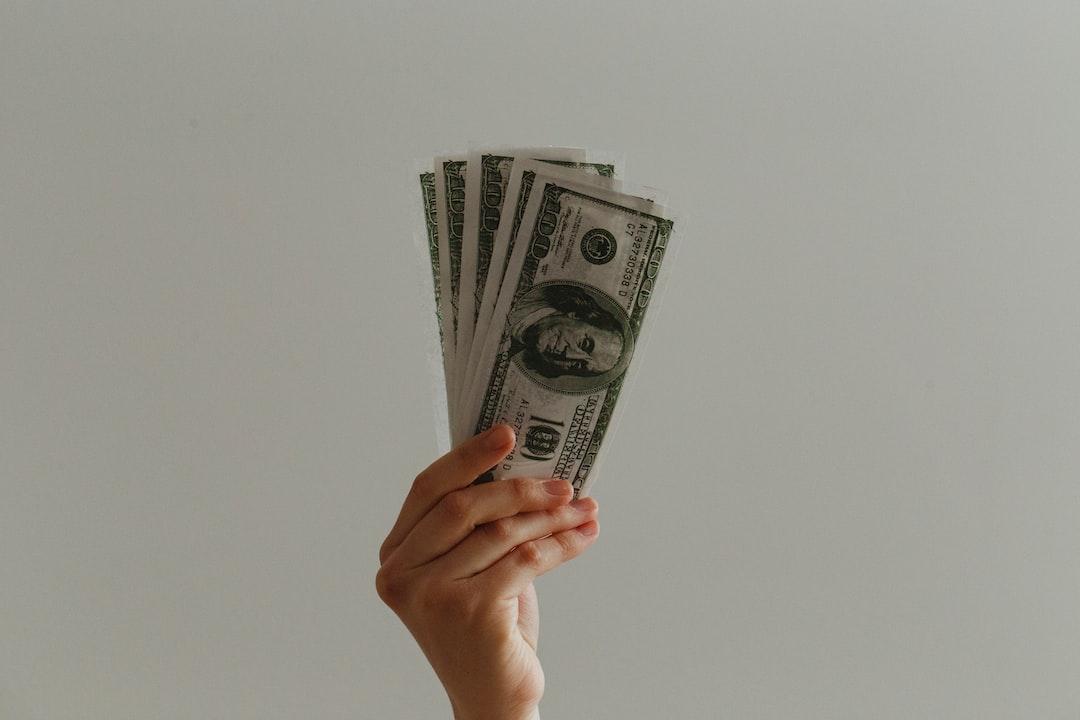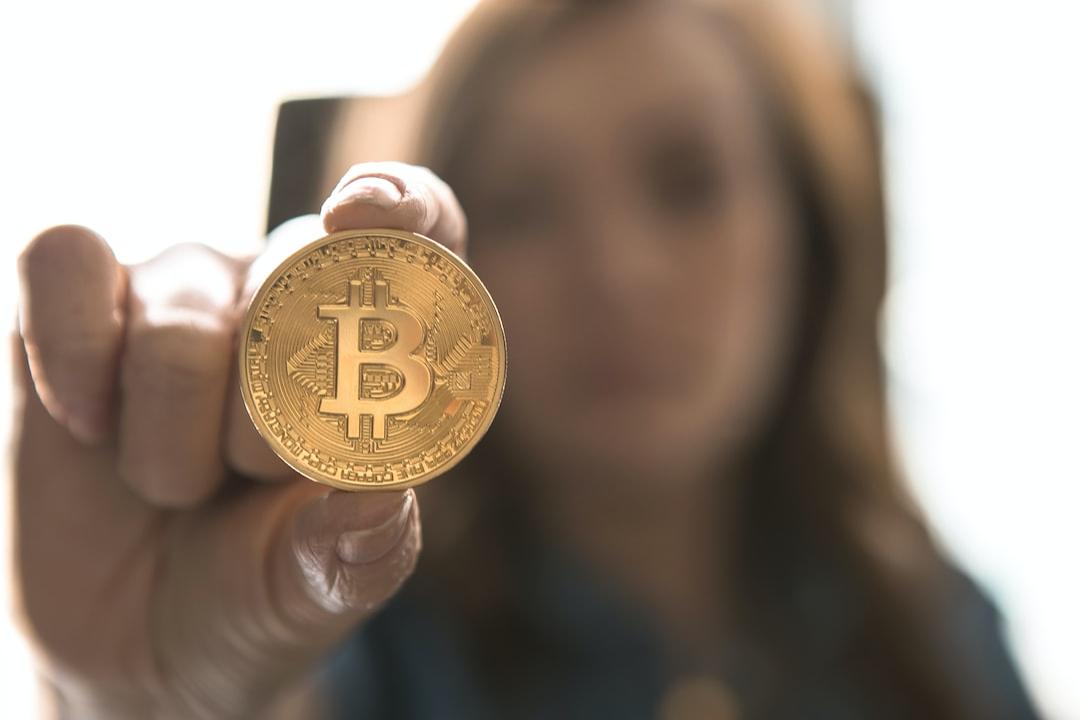Telegram’s total revenue for 2024 is projected to reach at least $971 million, potentially surpassing the $1 billion mark, thanks to the synergy created by TON. This article is derived from the work by Animoca Brands Research titled “TON Part 2: A win-win outcome from one year of partnership,” organized and translated by Chain Catcher.
(Background Summary: Early core members of TON recount the top ten key contributions that influenced the early development of TON.)
(Background Information: Telegram’s revenue exceeded $500 million in the first half of the year, showing a year-on-year growth of 190%, with the value of TON and subscription models becoming crucial.)
Original Title: TON Part 2: A win-win outcome from one year of partnership
Key Questions:
How is TON progressing towards its goal of bringing 500 million users into cryptocurrency?
What strategies has the TON Foundation adopted to elevate the ecosystem to new heights?
What benefits has Telegram gained from its collaboration with TON?
Table of Contents
Introduction
Three-Step Strategy
Step One: Promote “Click to Earn” social games to attract users into Telegram Mini Apps
Step Two: Convert Mini-App players into cryptocurrency holders through token airdrops
Step Three: Retain cryptocurrency users through DeFi applications
Notcoin, Hamster Kombat, and Catizen
Growth of the TON Blockchain
Activity Levels
Total Value Locked (TVL)
Comparison with other Layer 1s
Summary of the TON Section
Success of Telegram
Features Related to Collaboration with TON
Growth in Popularity of the Telegram Platform
Impact on Telegram’s Profitability
Conclusion
TL;DR
In September 2023, the TON Foundation and Telegram announced a strategic partnership aimed at bringing 30% of Telegram’s active users into the TON ecosystem by 2028. As an infrastructure layer, TON leverages Telegram Mini Apps to reach and engage Telegram’s vast user base. The success of Notcoin has paved the way for enabling Mini-App users through social gaming. Subsequently, users gradually encountered cryptocurrency through token and meme coin airdrops. To support this growth, the foundation utilized TON Grants, The Open League, and offline events to achieve its objectives. By July 2024, the monthly active users (MAU) of Telegram Mini Apps reached 500 million, driving Telegram’s overall MAU to a new high of 950 million. As of October, 30 million users had successfully entered the cryptocurrency space. The high interaction rate of Telegram Mini Apps not only enhanced user engagement on the platform but also significantly increased platform revenue, particularly boosting subscriptions for premium accounts and exclusive use of Toncoin on the advertising platform. Telegram is expected to achieve its first profitable year in 2024, with total revenue potentially reaching $1 billion. To further accelerate ecosystem growth, the TON Foundation is shifting from a centralized governance model to a community-driven funding distribution model through the “Society DAO.” This transition aims to foster more development and innovation within the ecosystem.
Introduction
In September 2023, the TON Foundation deepened its collaboration with Telegram, with the goal of onboarding 30% of Telegram’s active users into the TON blockchain ecosystem by 2028. Since the announcement, the TON Foundation has been dedicated to nurturing the Telegram Mini-App (TMA) ecosystem, positioning Mini-Apps as the gateway for existing Telegram users to enter the cryptocurrency ecosystem. This partnership has enabled TON to reach over 900 million Telegram users. For Telegram, the community activities organized by the TON Foundation have become a core market expansion force for the Mini-App ecosystem, filling the market gap left by the company’s streamlined operations. This article will explore the journey and impacts of both parties since their collaboration began.
Three-Step Strategy
In the partnership announcement, Mini Apps were introduced as an intermediary layer connecting TON’s infrastructure with Telegram’s Web2 user base. Successful implementation of this strategy requires addressing three key questions:
How to attract Telegram users into Mini Apps?
How to convert Mini-App users into cryptocurrency users?
How to retain these cryptocurrency users over the long term?
Jack Booth, former Head of Market Development at the TON Foundation and co-founder of TON Society, shared insights on this strategy in a podcast interview in August 2023:
“We engage everyone through ‘Click to Earn,’ and then some users can easily conduct global cryptocurrency transactions via DM. Subsequently, some of these users will start utilizing more complex DeFi products on TON. That’s the logic of the entire plan.”
In summary, the foundation’s answers to the above questions are:
Promote “Click to Earn” social games to attract users into Telegram Mini Apps.
Convert Mini-App players into cryptocurrency users through token airdrops.
Retain cryptocurrency users through DeFi applications.
In reality, this three-step strategy serves more as a retrospective summary of a community-driven innovation development process rather than a top-down execution plan. Next, we will delve into each of these three components in detail.

Step One: Promote “Click to Earn” social games to attract users into Telegram Mini Apps
After the partnership with Telegram was initiated, the TON Foundation actively promoted the development of Mini Apps using its community interaction channels. By the third quarter of 2024, GameFi projects began to appear among the funded initiatives of TON Grants, alongside traditional on-chain functional projects. This shift indicates that the foundation has recognized the significant potential of game development in driving the adoption of Mini Apps.
In January 2024, the first phenomenally successful Mini-App game, Notcoin, was launched. This “Click to Earn” social game rapidly became a hotspot on Telegram, attracting 35 million users before its Token Generation Event (TGE). Interestingly, Notcoin was entirely born from community innovation and was not initially included in the foundation’s plans. However, its success prompted the foundation to prioritize social gaming as a key funding area.
In the first half of 2024, the number of funded GameFi projects continued to rise. For instance, Hamster Kombat and Catizen launched in March 2024, attracting 300 million and 39 million users respectively before their TGE. By the end of May 2024, the monthly active users (MAU) of Telegram Mini Apps reached 400 million, increasing to 500 million in July. Considering that Telegram’s total MAU during the same period was approximately 950 million, this means that over half of Telegram’s users interact with Mini Apps monthly. Achieving this milestone in less than 10 months is undoubtedly a significant success for the TON Foundation.

Step Two: Convert Mini-App players into cryptocurrency users through token airdrops
The launch and airdrop of tokens have become critical steps in converting Web2 players into cryptocurrency users. Points earned through the “Click to Earn” mechanism are converted into on-chain tokens with actual market value, incentivizing users to explore and engage in cryptocurrency trading.
The infrastructure supporting this transformation has been established on Telegram. By November 2023, Telegram Wallet and the non-custodial TON Space Wallet had been integrated into Telegram, allowing users outside the United States to receive Jettons (the fungible token standard on the TON blockchain).
The launch of Notcoin and its airdrop was the first significant initiative in this conversion process. In the first week of the Notcoin token airdrop on May 16, 2024, 2.7 million of the 35 million users claimed Notcoin tokens, and by August, this figure had reached 11 million.
This impact is reflected in key indicators within the TON ecosystem: the number of enabled wallets doubled from 4.2 million to 8.5 million in the first month following the token launch, while the number of wallets with non-zero balances increased from 3 million to 6 million during the same period.
This success has been replicated by subsequent social games such as Hamster Kombat (TGE on September 26, 2024) and Catizen (TGE on September 20, 2024). They each generated 3.2 million and 1.8 million on-chain token claims, further boosting the growth of wallets with non-zero balances in October.
The proliferation of wallets driven by GameFi has laid the groundwork for a broader range of cryptocurrency applications on TON. For example, the meme coin DOGS became the first popular meme coin on the TON network, and its launch at the end of August 2024 triggered a new wave of wallet activations, paving the way for subsequent game token releases. This success was entirely community-driven, unexpected yet significant.
By November 1, 2024, the registered users of TON Space (Telegram’s non-custodial wallet) reached 100 million, while the total number of enabled wallets on the TON blockchain (including TON Space and third-party wallets) reached 34 million.

Step Three: Retain cryptocurrency users through DeFi applications
After attracting Telegram users into Mini Apps and exposing them to cryptocurrency, the primary task for the projects and the foundation is to retain these users within the ecosystem.
The challenges of user retention can be illustrated through the performance of GameFi projects on the TON blockchain, measured by the number of unique active wallets (UAW). Top-performing projects were able to maintain about 60% of their daily activity even after their peak. However, for mid-tier and lower-tier projects, retention rates plummeted: projects in the second tier retained only 37%, while those in the third tier retained just 25% of their activity.
Measures to Address User Attrition
To tackle this issue, the TON Foundation and project teams have strengthened user retention through the following approaches:
Integration of DeFi tools: The introduction of decentralized exchanges (DEX), staking, and liquidity mining tools provides users with more opportunities for cryptocurrency asset management and yield generation.
Optimization of reward mechanisms: Through airdrops and in-game economic design, users are incentivized to participate in on-chain activities over the long term.
User education and support: By embedding tutorials within Mini Apps and creating interactive communities, users are helped to familiarize themselves with more complex DeFi applications, lowering the learning curve.


